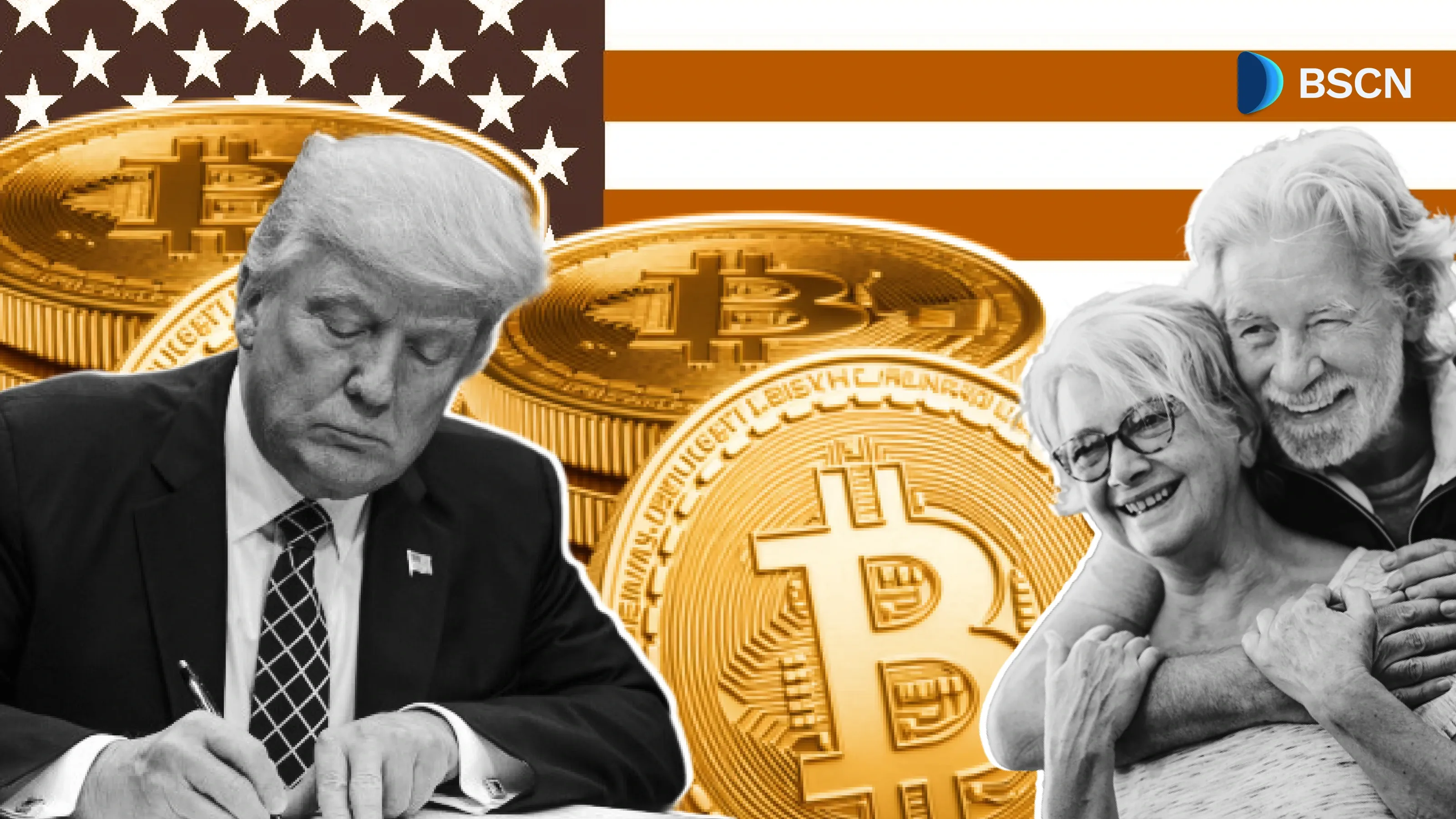ETH
What's the Problem with EigenLayer's $EIGEN Token?

Lack of clear communication and restrictive distribution strategies led to backlash against EigenLayer's $EIGEN token airdrop.
Soumen Datta
April 30, 2024
EigenLayer's much-anticipated $EIGEN token airdrop has stirred significant controversy right from its announcement. The protocol faced criticism due to several restrictive provisions and allocation strategies that deviate from community expectations.
Let’s learn more about what’s happening behind the scenes…
Initial Excitement and Subsequent Disappointment
EigenLayer announced its native token’s airdrop, scheduled for May, sparking initial excitement within the cryptocurrency community. However, details about the distribution quickly led to widespread disappointment, highlighting recurrent issues with allocation strategies in blockchain initiatives.
Since its inception in June of the previous year, EigenLayer has allowed users to deposit and restake Ethereum from various liquid staking tokens, becoming the second-largest DeFi protocol with $15.64 billion in total value locked, according to data from DefiLlama.
Allocation and Transferability Issues
The native token, totaling 1.67 billion, was introduced to enhance the EigenLayer ecosystem. However, the independent non-profit Eigen Foundation allocated 45% of these tokens to community-related activities, including stakedrops, community initiatives, and ecosystem development.
Despite this seemingly generous allocation, the community's enthusiasm waned upon learning that only 15% of the tokens would be distributed through what EigenLayer termed a “stakedrop.” Specifically, in the first distribution season, just 5% of the total token supply will be awarded to users based on a snapshot of their staking activities as of March 15, 2024.
Moreover, of this allocation, 90% won’t be claimable until May 10 and will not be immediately transferable, compounding the frustration. In contrast, 55% of tokens are reserved for investors and early contributors, provoking vocal criticism within the crypto community over token distribution fairness.
Trading Restrictions and Strategic Goals
The Eigen Foundation has set specific “goals” to accomplish before allowing $EIGEN to trade freely. This includes conducting lengthy community discussions to solicit feedback on the token’s design, as well as establishing and understanding key payment and slashing features before $EIGEN becomes transferable.
“We believe this approach will best support the long-term growth and maturity of the EigenLayer ecosystem,” the foundation stated.
The lack of transferability made $EIGEN untradable for the foreseeable future, dissatisfying many community members.
Snapshot Timing and Linear Distribution Concerns
Further, the community criticized the choice of March 15 for the snapshot vote to determine allocation addresses. Some community members were upset about the vote’s timing because they wanted points earned after March 15 to be included in the airdrop tally for season 1, although these will be considered for subsequent seasons.
Furthermore, EigenLayer’s airdrop follows a linear distribution model, which means a user’s percentage of total points directly corresponds to their share of the initial community distribution. This method typically favors whales over smaller investors, exacerbating concerns about equity and fairness in the distribution process.
Confusion Arising from Airdrop Documentation
The publication of documents detailing the specifics of the airdrop coincided with the announcement but fueled confusion rather than clarity. Several users misunderstood the phases and seasons of the airdrop schedule, especially concerning their eligibility to participate in positions related to the decentralized finance protocol Pendle.
Although phases and seasons describe different periods within EigenLayer’s airdrop strategy, this distinction was not immediately clear to all, leading to further frustration within the community.
Early Pendle adopters expressed outrage after being excluded from EigenLayer's first airdrop.
Wait a minute. Let me get this straight. @pendle_fi is responsible for a large amount of deposits to @eigenlayer bc of the points meta...but $EIGEN is going to rug @pendle_fi users for season 1??? pic.twitter.com/IXnyJI8gYP
— CryptoCondom (@crypto_condom) April 29, 2024
Wider Implications and Community Reaction
This confusion and dissatisfaction with the airdrop’s execution reflect broader debates over fairness and transparency in cryptocurrency token distributions.
Voices within the community, like those on EigenLayer’s Discord and X (formerly Twitter), have expressed significant discontent, pointing out the perceived disadvantages of the linear allocation model and the restrictive conditions placed on the newly minted tokens.
The sentiment has been particularly negative among early adopters and smaller investors, who feel sidelined in favor of new, larger-scale participants.
According to cryptocurrency investor CoinMamba, the allocation is uneven.
So EigenLayer team and investors are getting 55% but stakers are getting only 5% and even that will not be transferable at the beginning.
— CoinMamba (@coinmamba) April 29, 2024
The amount of greed crypto developers and VCs are exhibiting just keeps suprising me every time..
Disclaimer
Disclaimer: The views expressed in this article do not necessarily represent the views of BSCN. The information provided in this article is for educational and entertainment purposes only and should not be construed as investment advice, or advice of any kind. BSCN assumes no responsibility for any investment decisions made based on the information provided in this article. If you believe that the article should be amended, please reach out to the BSCN team by emailing [email protected].
Author
 Soumen Datta
Soumen DattaSoumen has been a crypto researcher since 2020 and holds a master’s in Physics. His writing and research has been published by publications such as CryptoSlate and DailyCoin, as well as BSCN. His areas of focus include Bitcoin, DeFi, and high-potential altcoins like Ethereum, Solana, XRP, and Chainlink. He combines analytical depth with journalistic clarity to deliver insights for both newcomers and seasoned crypto readers.
Latest News
Crypto Project & Token Reviews
Project & Token Reviews
Comprehensive reviews of crypto's most interesting projects and assets
Learn about the hottest projects & tokens












